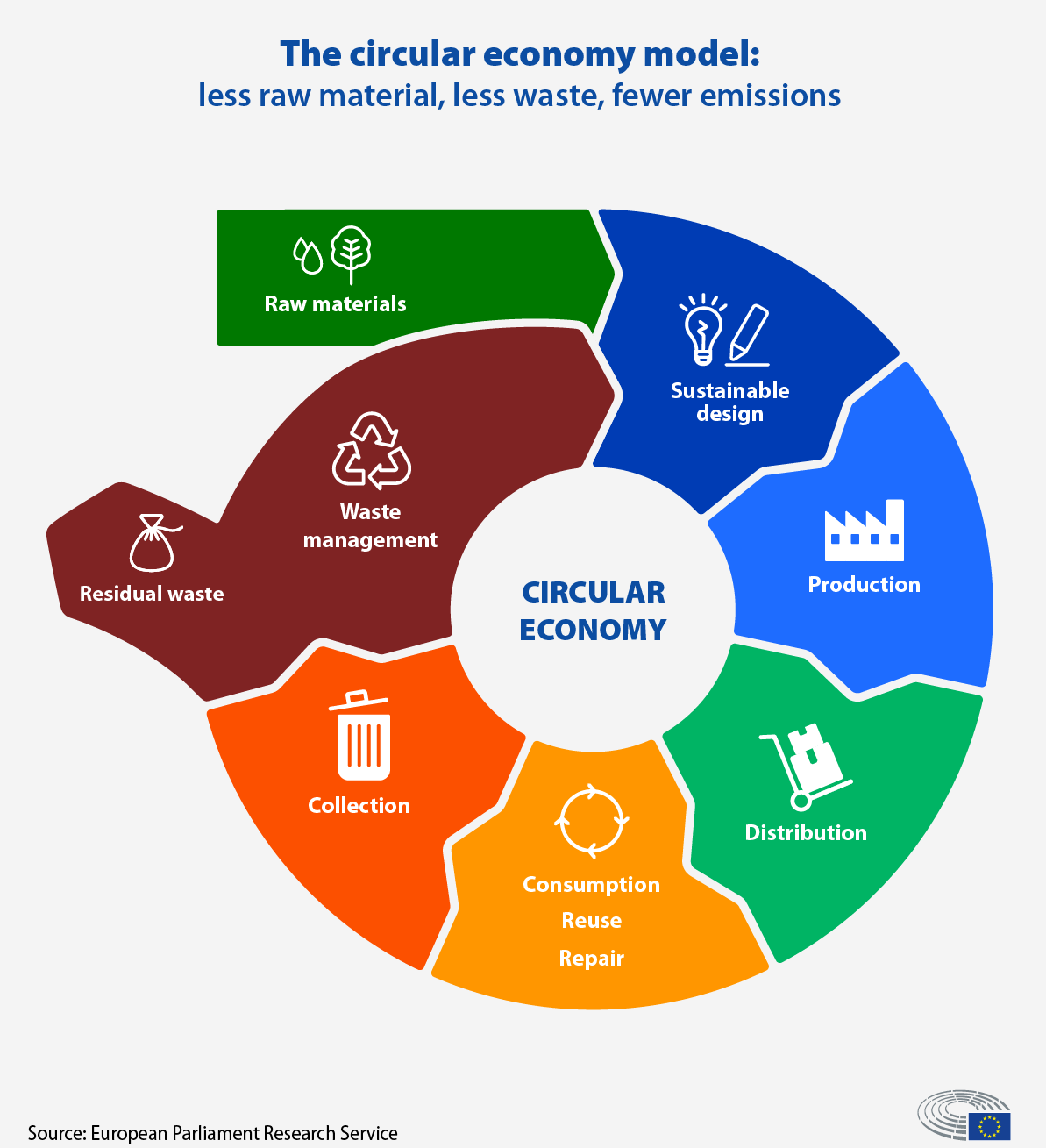The Circular Economy: A Path to a Sustainable Future 🌍
Circular economy isn’t just a trend – it's the most important and relevant approach to solving many of our global challenges. From resource scarcity and waste reduction to climate action and sustainable growth, this model is reshaping the way we design our environment and interact with one another.
Find out more why this is an important aspect for MoLo Hubs, in our latest "Focus On" interview featured by HiiCCE.
Today's Partner

Yanik Moldt
Project Manager Consulting
Hamburg Institute for Innovation, Climate Protection and Circular Economy (HiiCCE)
Function within MoLo Hubs
Knowledge partner and responsible for the cross-cutting topic "Circular Economy"
Why is circular economy a relevant aspect for MoLo Hubs?
Circular Economy is the most important and relevant “aspect” when it comes to tackling the global challenges and the way we want to design our environment and interact with others. MoLo Hubs is implementing groundbreaking concepts on how to integrate logistic services into mobility hubs and circular economy approaches are crucial for attractive and trendsetting solutions. The management of resources and waste pose a logistic challenge in cities with potential for optimisation. If we think about how to reduce traffic we should connect attractive offers for the citizens or companies with the aim of keeping resources as long as possible in the cycle.

What are the key challenges when it comes to circular economy?
Circular Economy should be the fundamental premise of our economic system and our daily routines. But still, convenience-driven behaviour by customers and thus producers is one of the main obstacles. This is due to linear business models and value and supply chains that follow the take-make-waste principle. Circular value chains include reuse, remanufacturing, and recycling, which require systemic changes. In MoLo Hubs we are trying to offer a way out of these linear chains by new convenient waste collection and product sharing services as well as raising awareness on circular behaviour and practices. Sometimes laws and regulations are hampering circular initiatives or even promote wasteful practices. This will be analysed carefully during pilot implementation and feedbacked to the corresponding partners.
What are the potentials of circular economy when it comes to implementing logistics services at shared mobility hubs?
The logistic of resources and waste pose a challenge for the managing companies and the citizens. Trucks drive through the city to pick up the waste from the houses, citizens are using their cars to drive to the recycling and reuse centres. By centralizing waste collection and sharing services and combining it with mobility offers, the convenience and attractiveness of these places is improved which can lead to the transformation of individual traffic in cities. Additionally, and more importantly, the supply chains are reshaped in a circular way and valuable materials and products are reintroduced in a reuse- or high-quality recycling process, whereas hazardous materials are removed from the system in a safe way.
Are there any good examples from the pilot areas?
Apart from the Hamburg pilot, where we have the strongest focus on circular economy issues, Aalborg is offering visionary solutions for the collection of hazardous waste in a very convenient and pragmatic way. You can deliver these substances to the parcel lockers for free. That way, the improper disposal is reduced. Also, Boras, the largest e-trade city in Sweden, is working on sustainable solutions for distribution and return flows, mainly in the textile sector.
What is your vision for the impact of MoLo Hubs towards the aspect of circular economy by the end of the project?
By the end of the project, we want to have proven business models that showcase best practise solutions in circular economy. We want to raise awareness, strengthen circular practices, reduce waste, keep products in use, and redesign mobility and logistic systems through innovative approaches and sustainable practices that will inspire and be taken up by other cities.
Source: Hamburg Institute for Innovation, Climate Protection, and Circular Economy (HiiCCE)
